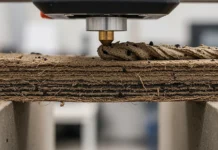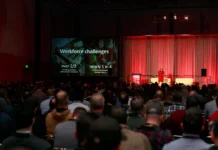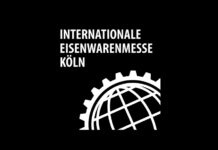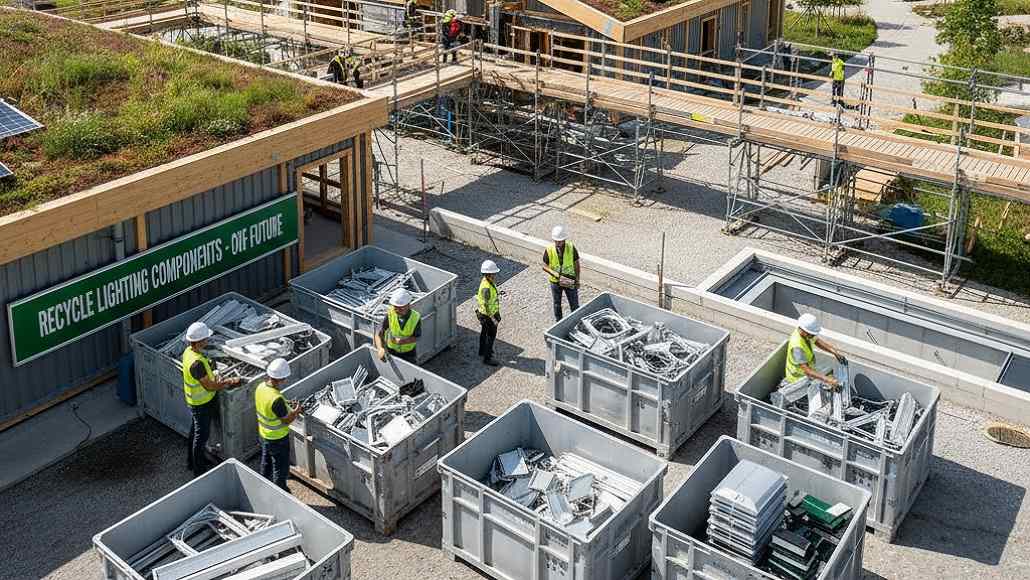Circular Lighting Design and the Path to Sustainable Construction
The construction industry faces mounting pressure to adopt environmentally responsible practices that reduce waste, minimize resource consumption, and create buildings that support long-term ecological health. Circular lighting sustainable construction represents a paradigm shift from traditional linear approaches to illumination design toward comprehensive systems thinking that prioritizes recyclability, modularity, and regenerative impact throughout the entire lighting lifecycle.
Principles of Circular Economy in Lighting Systems
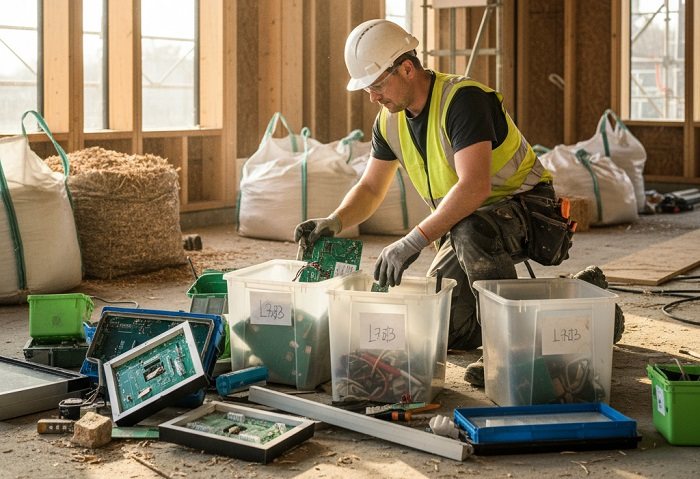 The circular economy model fundamentally challenges traditional “take-make-dispose” approaches to lighting design by creating closed-loop systems where materials, components, and energy flows are continuously circulated rather than consumed and discarded. This approach requires lighting designers and construction professionals to consider environmental impact from initial material extraction through manufacturing, installation, operation, and eventual component recovery or reuse.
The circular economy model fundamentally challenges traditional “take-make-dispose” approaches to lighting design by creating closed-loop systems where materials, components, and energy flows are continuously circulated rather than consumed and discarded. This approach requires lighting designers and construction professionals to consider environmental impact from initial material extraction through manufacturing, installation, operation, and eventual component recovery or reuse.
Circular lighting sustainable construction applications prioritize material selection strategies that emphasize renewable resources, recycled content, and end-of-life recyclability while maintaining performance standards that support building functionality and user satisfaction. These material considerations extend beyond lighting fixtures themselves to encompass control systems, wiring, and installation components that collectively determine overall environmental impact.
Design for disassembly represents a fundamental principle in circular lighting approaches, requiring lighting systems that can be efficiently separated into component materials for recycling or reuse when buildings are renovated or demolished. This design philosophy influences everything from fastener selection to component integration strategies that facilitate material recovery while maintaining structural integrity during operational life.
Modular Design Approaches and Standardization
Modular lighting system design enables standardized components that can be manufactured efficiently, easily replaced or upgraded, and reconfigured for different applications throughout their useful life. These approaches reduce waste by extending component usefulness while simplifying maintenance and modification procedures that might otherwise require complete system replacement.
Standardization initiatives across the lighting industry support circular economy objectives by creating interoperable components that can be sourced from multiple manufacturers while maintaining compatibility and performance standards. These standards enable building owners to avoid vendor lock-in scenarios while supporting competitive markets that drive innovation and cost reduction.
The development of modular connector systems and standardized mounting approaches enables lighting installations that can be easily reconfigured, relocated, or expanded without requiring new infrastructure or discarding existing components. These flexible installation approaches support changing building needs while minimizing renovation waste and associated environmental impact.
Material Selection and Lifecycle Assessment
Comprehensive lifecycle assessment of lighting materials reveals the full environmental impact of design decisions while identifying opportunities for improvement through alternative material selection and manufacturing processes. These assessments consider energy consumption, water usage, emissions generation, and waste production throughout all phases of material and component lifecycles.
Recycled aluminum and steel components provide excellent durability and recyclability characteristics that support circular lighting sustainable construction objectives while offering cost advantages compared to virgin materials in many applications. The structural properties of these materials enable long-lasting installations that can be repeatedly recycled without significant performance degradation.
Bio-based and renewable materials including responsibly sourced wood, bamboo, and recycled plastics offer alternatives to traditional petroleum-based components while providing unique aesthetic qualities that enhance architectural integration. These materials require careful evaluation for durability and performance characteristics but can provide significant environmental benefits when appropriately specified.
Energy Recovery and System Integration
Energy recovery from lighting systems represents an emerging opportunity in circular design approaches where waste heat from LED fixtures can be captured and redirected to support building heating requirements or other useful applications. While LED systems generate less heat than traditional lighting technologies, strategic heat recovery can still provide meaningful energy benefits in appropriate applications.
Integration with renewable energy systems including solar panels and wind generation creates opportunities for lighting installations that operate with minimal grid electricity consumption while contributing to building energy independence. Battery storage systems enable continued operation during grid outages while supporting demand response programs that benefit utility systems.
The coordination between lighting systems and building automation platforms enables optimized energy consumption that responds to occupancy patterns, weather conditions, and utility pricing signals while maximizing the utilization of renewable energy sources and minimizing environmental impact through intelligent system operation.
Manufacturing Process Innovation
Additive manufacturing and 3D printing technologies enable on-demand production of lighting components that reduces transportation requirements while supporting customization and small-batch production that minimizes inventory waste. These technologies enable local manufacturing approaches that reduce supply chain environmental impact while supporting design flexibility.
Lean manufacturing principles applied to lighting component production minimize waste generation while optimizing resource utilization throughout manufacturing processes. These approaches reduce both environmental impact and production costs while supporting higher quality products that demonstrate superior performance and longevity.
The development of closed-loop manufacturing systems where production waste becomes input material for other processes creates industrial ecology approaches that eliminate waste while creating value from materials that might otherwise be discarded. These systems require collaboration between manufacturers but can provide significant environmental and economic benefits.
End-of-Life Planning and Material Recovery
Comprehensive end-of-life planning for lighting installations ensures that valuable materials can be efficiently recovered and redirected to productive uses rather than being disposed of in landfills. These planning processes require coordination between design teams, facility managers, and recycling organizations to optimize material recovery outcomes.
Component marking and documentation systems enable efficient identification and sorting of materials during decommissioning processes while providing information necessary for appropriate recycling or reuse applications. Standardized marking approaches support industry-wide material recovery efforts while reducing processing costs and improving recovery rates.
The development of take-back programs by lighting manufacturers creates direct channels for component recovery while providing economic incentives for building owners to participate in circular economy initiatives. These programs reduce disposal costs while ensuring that valuable materials return to productive use in new lighting products.
Economic Models Supporting Circular Approaches
Lighting-as-a-Service business models enable building owners to access high-quality lighting systems without large capital investments while ensuring that manufacturers maintain ownership and responsibility for equipment throughout its useful life. These arrangements create economic incentives for manufacturers to design longer-lasting, more sustainable products while providing predictable operational costs for building owners.
Extended producer responsibility frameworks hold manufacturers accountable for environmental impacts throughout product lifecycles while creating economic incentives for improved design and end-of-life management. These regulatory approaches support circular economy objectives while leveling competitive playing fields between manufacturers with different environmental practices.
Performance-based contracting arrangements link lighting system payments to actual performance outcomes including energy consumption, maintenance requirements, and environmental impact metrics. These contracts create shared incentives for optimal system performance while ensuring that circular design objectives are supported by economic structures rather than working against them.
Technology Integration and Smart Systems
Internet of Things sensors and monitoring systems enable real-time tracking of lighting system performance while providing data that supports predictive maintenance and lifecycle optimization. These technologies help maximize component useful life while identifying opportunities for system optimization that reduce environmental impact throughout operational periods.
Blockchain technologies offer potential solutions for tracking materials and components throughout complex supply chains while providing transparent documentation of environmental impacts and circular economy compliance. These systems could enable consumers and regulators to verify environmental claims while supporting accountability throughout manufacturing and construction processes.
Artificial intelligence applications in lighting system management enable optimization of performance parameters that extend component life while reducing energy consumption and maintenance requirements. These systems learn from usage patterns while automatically adjusting operations to minimize environmental impact while maintaining performance standards.
Building Certification and Standards Integration
Green building certification programs increasingly recognize circular economy principles in their rating systems while providing credits for lighting installations that demonstrate comprehensive lifecycle environmental responsibility. These certifications create market recognition for circular lighting sustainable construction approaches while providing competitive advantages for projects that embrace these principles.
Industry standards development for circular lighting design provides frameworks for consistent evaluation and comparison of environmental performance while establishing minimum requirements that drive market transformation toward more sustainable practices. These standards support both regulatory compliance and voluntary initiatives that advance industry environmental performance.
Performance measurement and verification protocols enable building owners to demonstrate actual environmental benefits from circular lighting installations while providing data that supports continuous improvement in design approaches and technology applications throughout the construction industry.
Innovation and Future Opportunities
Emerging technologies including organic LED systems, quantum dot enhancement, and advanced optical materials promise further improvements in lighting efficiency while expanding possibilities for circular design approaches that minimize environmental impact throughout component lifecycles.
Nanotechnology applications in lighting materials may enable self-healing components that extend useful life while reducing maintenance requirements and replacement needs. These technologies could significantly improve the economics and environmental performance of circular lighting systems while expanding application possibilities.
The integration of living systems including plant-based components and biotechnology applications represents frontier research in sustainable lighting design that could create truly regenerative lighting installations that provide environmental benefits beyond simply minimizing negative impacts.
Professional Development and Industry Transformation
Educational programs and professional development initiatives help design and construction professionals understand circular economy principles while developing skills necessary to implement sustainable lighting approaches effectively. These programs support industry transformation while ensuring that projects achieve intended environmental benefits through proper design and implementation.
Collaboration platforms and knowledge sharing initiatives enable professionals to learn from successful circular lighting projects while avoiding common implementation challenges that might otherwise compromise project outcomes or environmental performance goals.
Industry partnerships between manufacturers, designers, contractors, and building owners create ecosystems that support circular economy approaches while sharing risks and benefits associated with innovative sustainable construction practices. These collaborative approaches accelerate adoption while improving outcomes through shared expertise and resources.
The advancement of circular lighting sustainable construction requires comprehensive thinking that addresses materials, manufacturing, installation, operation, and end-of-life considerations throughout integrated design processes. The most successful implementations will be those that balance environmental responsibility with practical performance requirements while demonstrating economic viability that supports broader industry adoption of circular economy principles in lighting design and construction practice.




